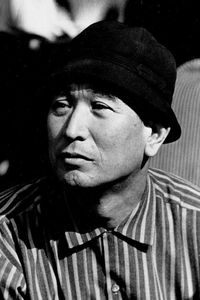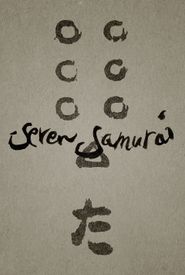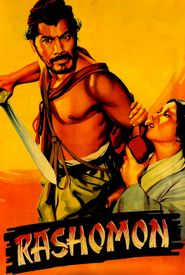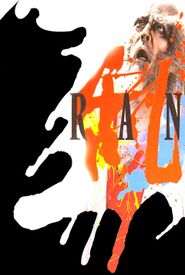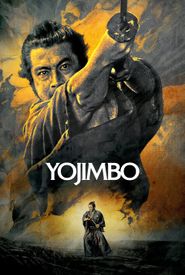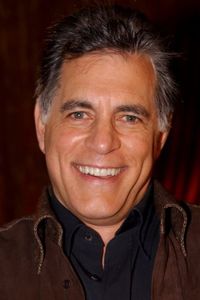Akira Kurosawa, a celebrated Japanese filmmaker and painter, has made a lasting impact on the world of cinema, a testament to his remarkable career that spanned over five decades of dedication and creativity.
Throughout his illustrious career, Kurosawa has been widely regarded as one of the greatest and most influential filmmakers in the history of cinema, leaving an indelible mark on the industry. His unique blend of Western influences and a distinct Japanese flair has been a hallmark of his style, setting him apart from his contemporaries and cementing his status as a master of his craft.
Kurosawa's artistic inclinations were evident from a very young age, driving him to initially embark on a career as a painter. However, it was not long before his sights were set on the Japanese film industry, with his entry occurring in 1936. As he navigated this new professional landscape, Kurosawa focused on developing his skills as an assistant director and scriptwriter, working tirelessly on numerous films that would ultimately lay the groundwork for his future success. It was during the tumultuous period of World War II that Kurosawa made his directorial debut, helming the action-packed Sanshiro Sugata in 1943.
As the dust settled following the tumultuous period of war, the cinematic landscape of Japan was set to be forever transformed by the emergence of a visionary director, Akira Kurosawa, whose critically acclaimed masterpiece, Drunken Angel, released in 1948, solidified his status as a burgeoning luminary in the world of Japanese cinema. This triumph marked the beginning of a long-standing creative partnership with the incomparable Toshiro Mifune, with whom Kurosawa would collaborate on a staggering fifteen more films, yielding some of his most iconic and enduring works.
This fruitful collaboration would ultimately give rise to a landmark film that would shatter conventions and push the boundaries of storytelling, Rashomon, which premiered in Tokyo in 1951 and went on to claim the prestigious Golden Lion award at the esteemed Venice Film Festival.
The groundbreaking film, a remarkable blend of commercial and critical success, played a pivotal role in unlocking the doors to Western markets for Japanese cinema, thereby clearing the path for a plethora of Japanese filmmakers to gain international recognition and acclaim.
Throughout the 1950s and the early 1960s, the illustrious director, Akira Kurosawa, maintained an impressive pace, releasing one film each year, and in doing so, he created a succession of highly acclaimed and enduring masterpieces, including Ikiru, a powerful drama that has become a staple of Japanese cinema; Seven Samurai, a swashbuckling adventure that has captivated audiences worldwide; Throne of Blood, a haunting and atmospheric retelling of Shakespeare's Macbeth; Yojimbo, a gritty and intense tale of a ronin's quest for justice; and High and Low, a gripping and thought-provoking exploration of class and morality.
As Akira Kurosawa's professional trajectory unfolded, his creative output gradually slowed down, yet his later cinematic endeavors, such as Kagemusha and Ran, garnered widespread critical acclaim, solidifying his status as a master filmmaker. In the year 1990, Kurosawa was bestowed with the prestigious Academy Award for Lifetime Achievement, a testament to his enduring impact on the world of cinema. Furthermore, following his passing, he was posthumously recognized as Asian of the Century in the Arts, Literature, and Culture category by the esteemed publication AsianWeek magazine and the prominent news organization CNN, a fitting tribute to his remarkable contributions to the world of arts and culture.
Kurosawa's illustrious career has been the subject of widespread acclaim, with numerous retrospectives, in-depth critical analyses, and comprehensive biographies being published in both printed and digital forms. Furthermore, his remarkable body of work has been made accessible to a broad audience through various consumer media formats, including DVDs, Blu-rays, and digital streaming platforms.
